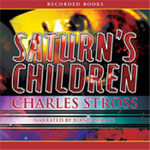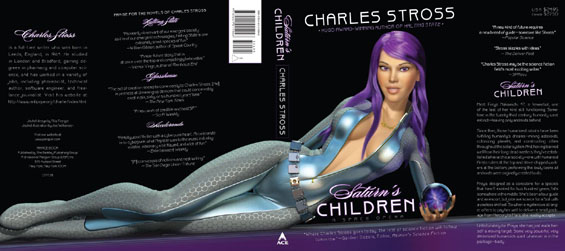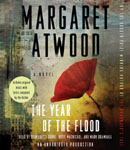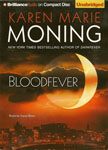
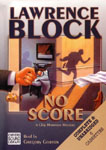
 No Score (book #1 in the Chip Harrison series)
No Score (book #1 in the Chip Harrison series)
By Lawrence Block; Read by Gregory Gorton
6 Cassettes – Approx. 5 Hours 30 Minutes [UNABRIDGED]
Publisher: Chivers Audio
Published: 1999
ISBN: 0792722620
Themes: / Crime / Sex / Quest / Pornography / Chicago /
It is a mystery why a street-smart young man like Chip Harrison has to resort to elaborate plans to attract a young woman like Francine. But someone turns Chip’s dream into a nightmare of danger. Chip has to act fast and furiously in a sizzling and suspenseful adventure that only Edgar Award-winning Lawrence Block could have written. Chip Harrison rightfully takes his place beside Block’s best known characters.
Seventeen year old Chip Harrison is a virgin. Francine, the narcissistic sexpot sitting on his bed, is two years older than Chip. All that stands between Chip and Francine is a tight yellow sweater and a green plaid skirt. Chip’s been preparing for this situation for a while now. He’s read all the right books, practiced all his moves on other girls, and now it’s all actually going to happen! And then, just as the deed is about to be done, a man with a gun walks in and shoots poor Chip! That’s chapter one. In chapter two Chip fills in some details about what happened before that – he’s an orphan, the son of a pair of con-parents. With no funds in the bank and not enough game on the basketball court. Poor Chip was kicked out of his prep school just a couple of months shy of graduation! Now, with little more than the clothes on his back, Chip Harrison has to meet and lay the girl of his dreams – the question is, will he get to do it? Or will he die trying?
Yep, that’s it! The whole novel is basically one kid’s quest to make it with a beautiful girl, almost any beautiful girl will do. As such, No Score probably the slimmest connection to mystery and crime of any book I’ve ever reviewed for SFFaudio. Later novels in the Chip Harrison series actually are genuine mysteries (they are all parody/homages to Rex Stout’s Nero Wolfe mysteries in fact). Though later books in the series are more properly mystery novels, like No Score they all share Chip’s enthusiasm and all the juvenile charm he brings to the telling. Lawrence Block is probably my favourite writer of first person perspective fiction. His sentences are chock full of wry humor and quick wit. When you pair his terrific writing with a capable narrator the results are explosively good. This is just such a novel and just such a pairing. While there’s not more than one or two actual jokes in No Score the laughs are all out loud and come every few minutes. I sure wish narrator Gregory Gorton was still recording audiobooks. He is a terrific performer with a wide range. In No Score he performs as Chip, a chipper and horny young man, Gregor, a fortyish immigrant from an unnamed Balkan country, and several sexy women in a terrific falsetto.
Posted by Jesse Willis

